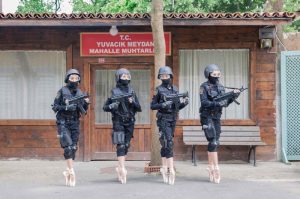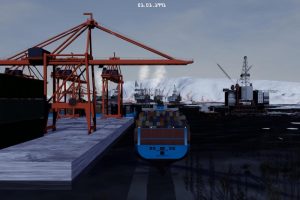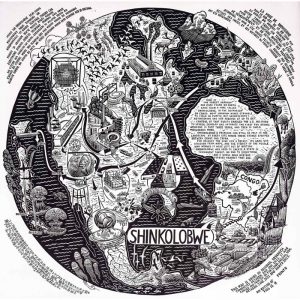Never a dull post with the graduates from Platform 13, Design Products Department, Royal College of Art.
 Hwang Kim (also the author of a spectacular CCTV Chandelier) was one of the superstars of the whole RCA exhibition for me.
Hwang Kim (also the author of a spectacular CCTV Chandelier) was one of the superstars of the whole RCA exhibition for me.
He was showing a witty, wonderfully researched and tactful fake documentary aimed as a subtly subversive introduction for North Koreans into diverse aspects of western culture. The film also explores how design can contribute and impact on a social and cultural level, subtly challenging an ideological status quo.
North Korea is one of the most politically and culturally isolated countries in the world, any foreign influences is systematically rejected. The fact that the first pizzeria opened only last year in the capital Pyongyang, is quite symptomatic of how culturally controlled the country is. I was first tempted to compare the opening of the pizzeria to the one of the first McDonald’s fastfood in Moscow but that would be misguided. Only the leader Kim Jong-Il and a handful of wealthy people can afford a Margherita or a Quattro formaggi.
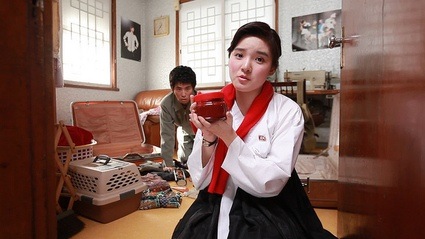 Scene from How to Pack a Suitcase
Scene from How to Pack a Suitcase
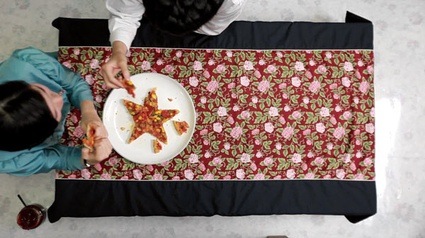 How to Make a Pizza
How to Make a Pizza
Filmed in South Korea and split into four episodes, Star Pizza introduces North Koreans to typical aspects of Western culture through the eyes of a fictional young couple.
The lovely couple is exposed to Western cuisine with the chapter on How to Make a Pizza; the possibility of going on holiday with the episode about How to Pack a Suitcase To Go Abroad; Western entertainment with How To Become A Trend Leader At Pop Dancing and finally learn How to celebrate Christmas Day.
Since there is no hope that Star Pizza would ever be shown on North Korean tv, Hwang Kim converted his film to 500 DVDs, managed to get in touch with people who smuggle over the North Korean borders from China, and had them distribute the film on the black markets of Pyongyang.
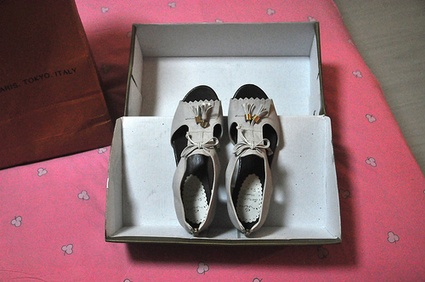
One of the smugglers asked the designer to send him some clothes and shoes for his wife and daughters as a price for this dangerous job.
As Hwang Kim explained me, North Koreans have almost no access to the internet. The only way they can watch films and soap operas from other country is to buy pirate DVD on the black markets of the capital.
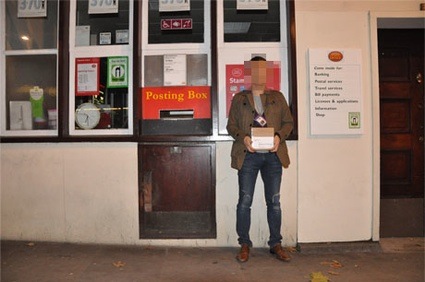
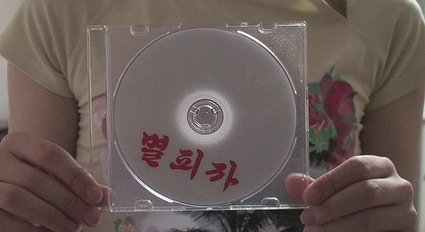 Pyong Yang, North Korea, 2010. Photographed by Unknown
Pyong Yang, North Korea, 2010. Photographed by Unknown
All the actors of Star Pizza are South Koreans, casting North Koreans refugees may have threaten their security. To give the illusion that the film was made in North Korea, North Korean refugees gave the actors a one week intensive accent training course. The refugees, living now in London and South Korea gave advice and feedback on all aspect of the film, throughout its production.
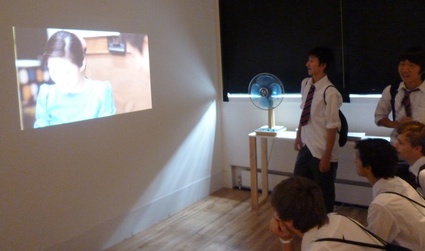
Star Pizza is accompanied by a series of specially designed political props that have been inserted into the four episodes and that were also exhibited at the RCA show.
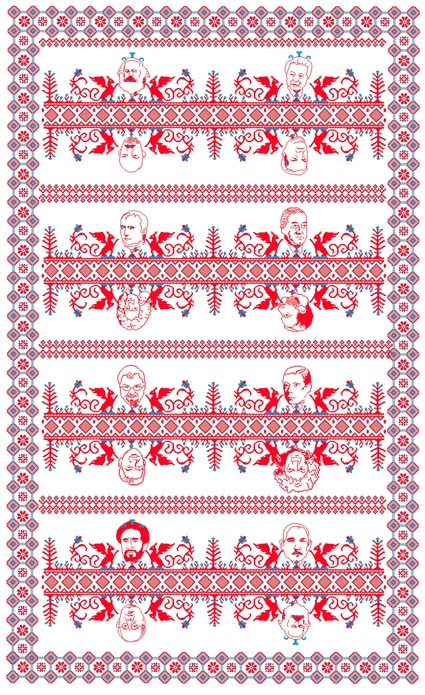
For example, the prop in the second episode of the film is an “Exile Blanket”. The young couple is packing a suitcase for their holiday abroad. A Russian-style bed sheet embroidered with the portraits of famous political exiles can be seen in the back of their room. Images of exiles are not allowed to be shown in any kind of media in North Korea. Yet, exile is the only way for North Koreans to travel abroad. According to the UN HCR, over 300,000 North Koreans have already chosen this form of holiday.
The designer chose some of his own favourite exiles for the blanket. From left top, Karl Marx, Dea Joong Kim, Vladimir Lenin, Miklós Horthy, Napoleon Bonaparte, Alejo Carpentier, Aleksandr Danilovich Menshikov, Alfonso XII, Bob Powell, Edward VIII, Ferdinand Marcos, Francisco Goya, Haile Selassie, Sun Yat Sen and Manuel Azaña.
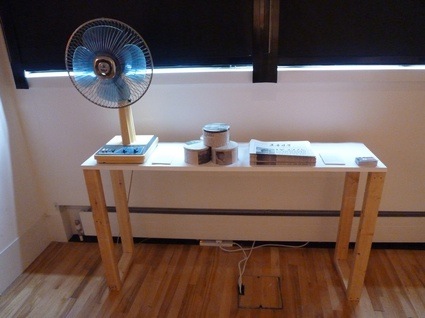
Another prop is the fan that doubles as a radio when you press the buttons in the correct order. Long distance, short wave radios are strictly forbidden in North Korea. In the film, a old fan is used as a vehicle to conceal this type of radio, enabling the protagonists to circumvent the regulations. It is a playful proposal for North Koreans on how to develop creative tools of cultural guerrilla.
From the same Platform: Nomadic Sound Systems.

